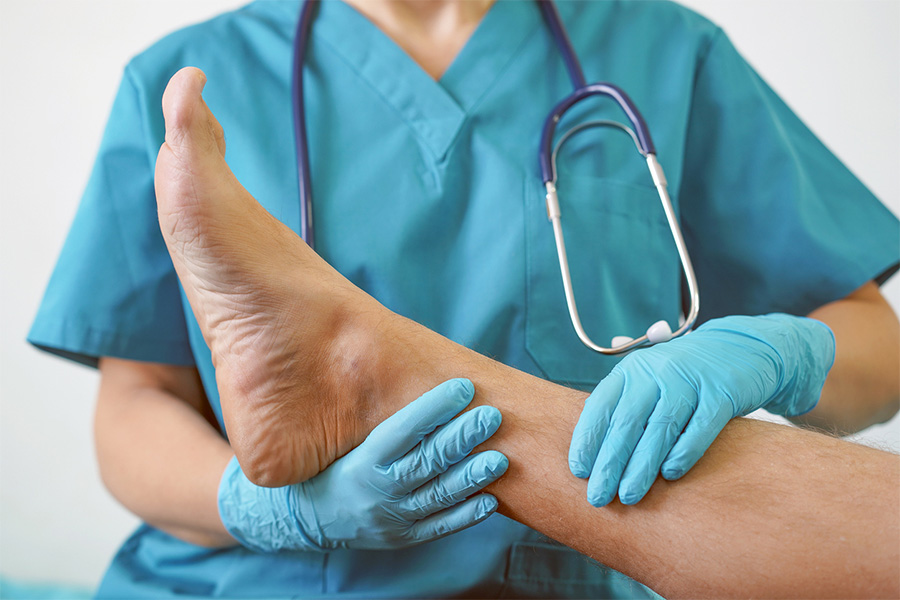Do you have thick or hardened layers of skin on different parts of your feet? If so, you most likely have calluses. These patches of hardened skin form when friction or pressure risk injuring the skin or the structures underneath it. As a safety measure, the skin begins to form extra, harder layers in those particular areas – also known as calluses.
Calluses are common on the feet, toes, palms of the hands, and fingers because these places can endure a lot of pressure on a daily basis. For example, a day laborer may have calluses on the palms of the hands from holding and using heavy tools all day or an active person who stands or walks for long periods of time may have them on the feet.
Calluses aren’t attractive, which is why most people want to get rid of them. However, if you’re diabetic, calluses can cause bigger problems than just cosmetic concerns. Complications occur when the callus affects the blood flow to the foot. Seek medical attention and advice from a podiatrist if you have diabetes, as foot problems are very common among diabetics. A podiatrist can assess whether your callus is merely a cosmetic issue or if it is affecting your foot health. If it is the latter, you may need to get it removed.
Treatments
There are many simple yet effective treatments for removing and preventing calluses. First and foremost, you should focus on preventive measures. This means, stopping calluses from forming in the first place. You can do this by wearing properly fitted footwear, washing, drying, and moisturizing your feet often, and avoiding being on your feet all the time.
Wearing custom shoe inserts can also help prevent calluses from forming. When certain parts of your feet take on more pressure than others, it increases your risk of callus formation. Shoe inserts can evenly distribute your weight on your feet so that you don’t have this issue.
Next, examine your feet on a regular basis. Trim down excess skin using a podiatrist-approved technique. If you have a lot of buildup of skin, it is best to have a podiatrist do this for you. Otherwise, you could hurt yourself, get a wound, and end up getting an infection.
If you have calluses, your podiatrist can prescribe medication that can remove them. There are many treatments available, but your podiatrist can recommend the most effective and safe options for you.
Finally, visit a podiatrist on a regular basis. Podiatrists are experts of the foot and ankle. They can recognize early signs of issues way before you can. Therefore, for the sake of your foot and ankle health, include regular checkups with a podiatrist in your healthcare routine. If you are a diabetic, this is even more important. Diabetics can develop a variety of foot-related issues, some more serious than others.
Treatment for Foot Calluses in Southwest Ohio
Whether you have a callus, foot pain, or diabetic foot symptoms, the experts at Cincinnati Foot & Ankle can help. We have experts available with a wealth of experience treating every foot and ankle condition and injury you can think of. Visit us today and get relief from whatever issue is ailing you.
To make an appointment, give us a call at one of our 18 locations in southwest Ohio. You can also request an appointment online. We look forward to serving you!





